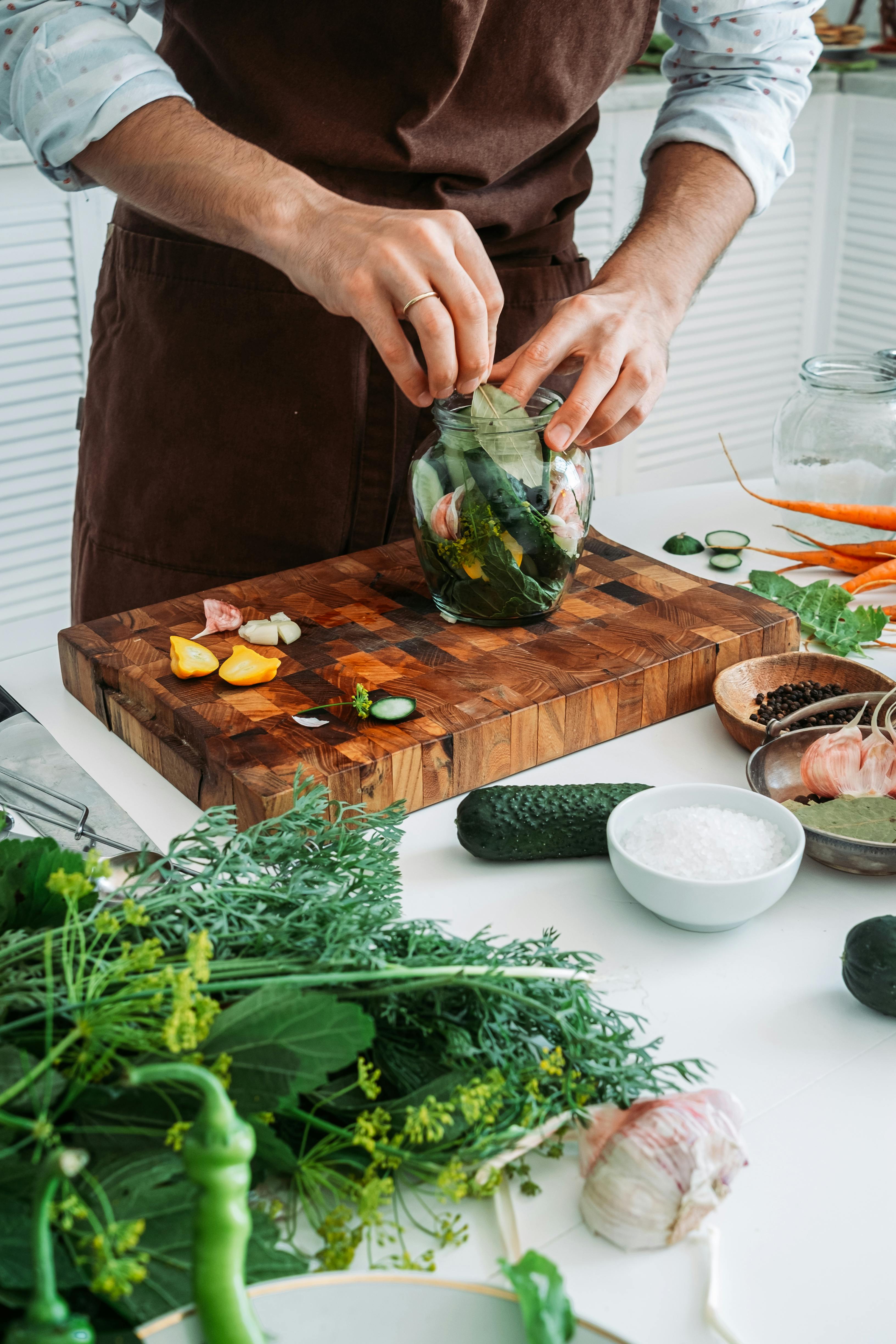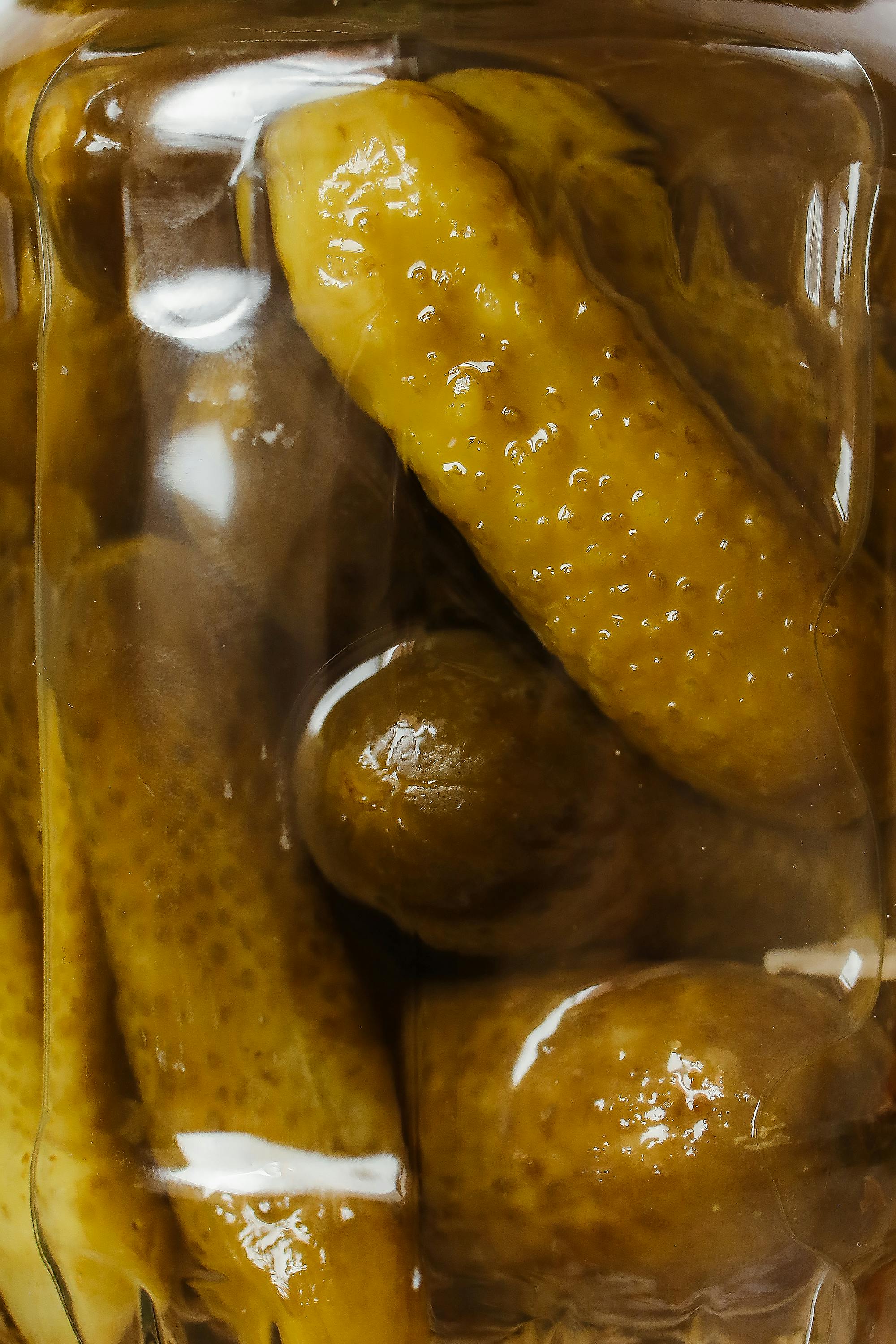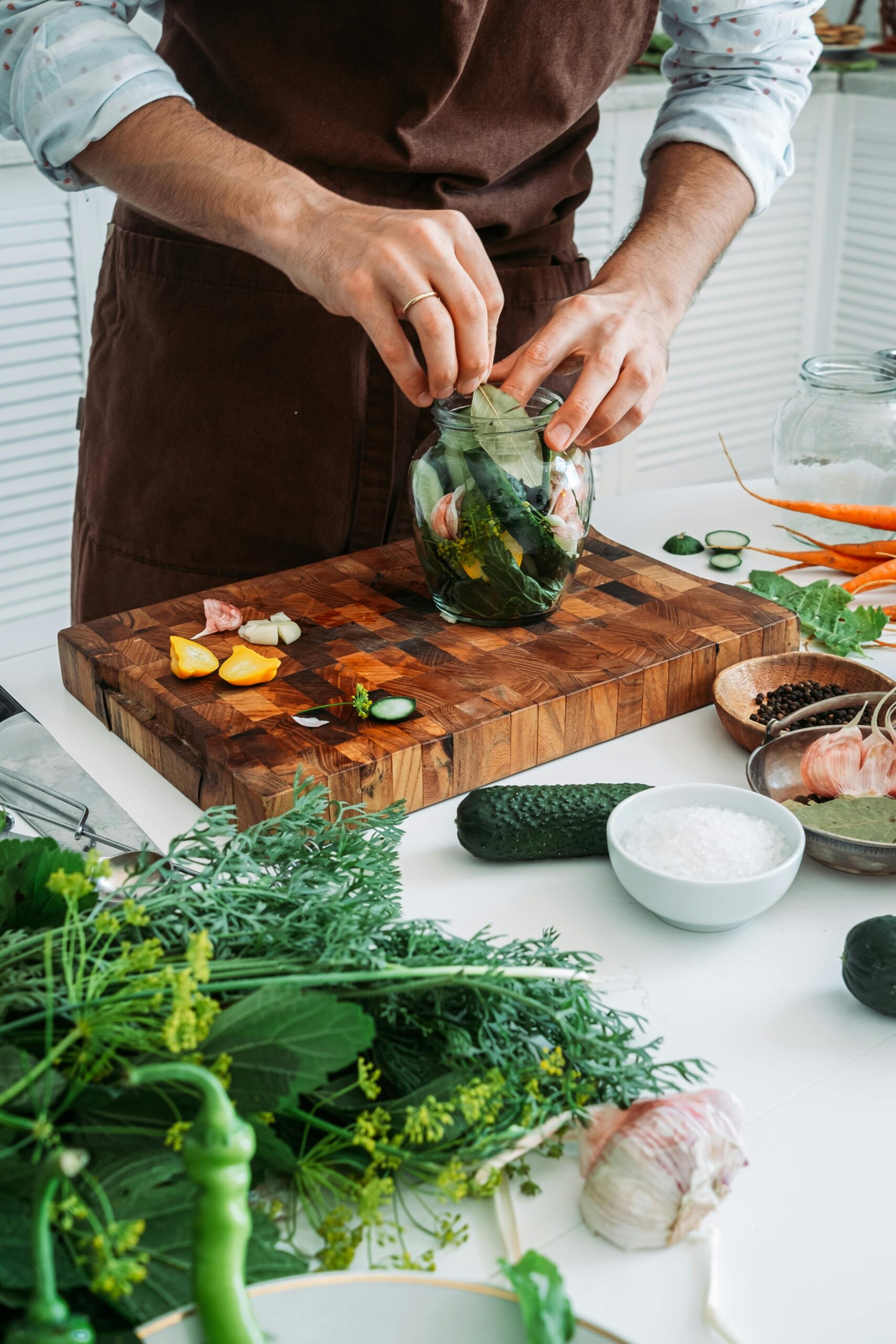How to Make the Perfect Recipe for Tongue Pickles
Pickled tongue may sound exotic, but it has long been a delicacy in various culinary traditions. In today’s age of rediscovered slow food and artisanal preservation, the recipe for tongue pickles is more relevant than ever. This comprehensive guide will teach you how to pickle tongue at home from start to finish, with tips and insights that will elevate your skills.

Understanding the Fundamentals
At its core, the recipe for tongue pickles involves curing and fermenting the tongue of a cow or lamb in a seasoned brine. This process enhances flavor, increases shelf-life, and adds a distinctive tang that enthusiasts rave about. Pickled tongue has a rich cultural history spanning Jewish, Eastern European, and Latin American cuisines.
Understanding how the pickling process interacts with meat protein is essential for success. Think of it like marinating but with scientific precision—salt, acid, and time come together to create a transformation in texture and flavor that no spice rub can replicate.
1.1 The Science of Brining
Brining is the initial step in any authentic recipe for tongue pickles. It involves submerging the tongue in a solution of salt, sugar, and spices. This draws moisture out and infuses it with flavor while inhibiting bacteria. A study by the Journal of Food Preservation found brined meat retained 22% more flavor compounds than non-brined samples.
Real-world uses include holiday dishes like pickled beef tongue on rye or tapas-style tongue slices with mustard sauce. A common misconception is that brining is the same as marinating—brining changes the structure of the meat, not just the surface taste.
1.2 Selecting the Right Meat
Not all tongues are created equal. Beef tongue is the most common choice due to its size and flavor profile, but lamb and veal are also used. While beef offers a rich, deep flavor, lamb tongue is milder and more tender.
Look for tongues that are pink, plump, and free from freezer burn. Fresh, locally sourced meat makes the most difference in a recipe for tongue pickles, ensuring superior texture and taste in the final product.
Practical Implementation Guide
Once you’ve understood the fundamentals, it’s time to put them into action. This section walks you through a hands-on approach to making your first batch of pickled tongue. With clear steps, recommended timelines, and useful tools, you’ll have everything you need to succeed.

2.1 Actionable Steps
- Prepare the Tongue: Wash thoroughly and trim any visible fat. Optionally blanch in boiling water for 10 minutes to remove impurities.
- Create the Brine: In a large container, mix 1 gallon of water, 1 cup kosher salt, 1/2 cup sugar, garlic cloves, mustard seeds, and peppercorns. Add 1 tablespoon pink curing salt for preservation.
- Brining Process: Submerge the tongue completely in brine using a weight to keep it down. Store in the refrigerator for 7–10 days.
2.2 Overcoming Challenges
Common issues include:
- Over-salting: Use precise measurements and avoid doubling spices without scaling liquid.
- Texture problems: Undercooked tongue can be tough; aim for 3 hours of gentle simmering after brining.
- Mold formation: Always keep the tongue submerged and refrigerated to prevent contamination.
Expert tip: Add 1/4 cup vinegar to the brine for added tang and safety. Always sterilize your container before use to avoid bacterial contamination.
Advanced Applications
Once you’ve mastered the basic recipe for tongue pickles, you can experiment with advanced techniques. These methods not only expand your culinary toolkit but also give you a professional edge when preparing fermented meats.

3.1 Cold-Smoked Pickled Tongue
This method involves cold-smoking the pickled tongue after brining and boiling. This step adds a smoky layer of flavor and extends shelf-life. One restaurant in Brooklyn reported a 40% increase in repeat orders after adding cold-smoked pickled tongue to its menu.
3.2 Sous-Vide Pickling
Modern chefs are exploring sous-vide methods to control temperature during brining. Cooking the brined tongue sous-vide at 165°F for 24 hours produces a melt-in-your-mouth texture. Ensure your vacuum bags are rated for long-duration cooking.
Future Outlook
As fermented foods gain popularity for their probiotic benefits, meat pickling is making a comeback. Innovative chefs and home cooks alike are reviving old traditions with a modern twist. Expect to see more gourmet applications of pickled tongue in high-end charcuterie boards and tapas menus.
To stay ahead, start experimenting with flavor infusions like star anise, cinnamon, or even citrus peel. Joining online fermentation communities can also help you stay current with trends and safety practices.
Conclusion
In summary, we’ve covered the entire journey of crafting the perfect recipe for tongue pickles. From selecting quality meat to mastering the brine and exploring advanced applications, you now have the knowledge and tools to create a delicacy that’s both traditional and cutting-edge.
Now it’s your turn—gather your ingredients and start your pickling adventure today. Want to explore more fermentation recipes? Check out resources on homemade charcuterie and traditional curing techniques.
Frequently Asked Questions
- Q: What is tongue pickling? Tongue pickling is the process of curing and fermenting beef or lamb tongue using a seasoned brine for flavor and preservation.
- Q: How do I get started? Begin by sourcing high-quality meat, gathering brining ingredients, and sterilizing your container. Follow a proven recipe for best results.
- Q: How long does it take? Brining usually takes 7–10 days, followed by 3 hours of simmering and optional smoking or sous-vide. Plan for a full week.
- Q: Is it expensive? Cost varies by region but expect $10–$20 per tongue. Spices and curing salt are minimal investments with long shelf lives.
- Q: How does it compare to corned beef? Pickled tongue has a denser texture and richer flavor. Corned beef is softer and more familiar to most palates.
- Q: Is this recipe difficult? Intermediate skill level. If you can follow a baking recipe, you can make tongue pickles. Precision and cleanliness are key.
- Q: Can I use this in restaurants? Absolutely. Many fine dining spots now serve pickled tongue as part of meat boards or gourmet sandwiches. It’s a rising trend.
